News & Updates
Recent Blog Posts
Developing a Private Studio, Vol. 2: Where We Teach and the Environment We Create
By: Charlene Romano
This blog post is the second in a four-part series on developing a private teaching studio.
The first time I thought about a teaching environment and its impact was during a graduate school lesson. I had studied with Linda Lukas of the San Francisco Symphony privately for about a year before I enrolled in the graduate program at San Francisco State. My lessons with Linda had been in her home in Sausalito, a gorgeous apartment with floor to ceiling windows and an artistically inspiring and soul soothing view of the San Francisco Bay. Playing long tones in that apartment felt like something near to a religious experience. And Linda had decorated it beautifully. The place had an airy and vibrant, yet still cozy and comfortable feel.
At that time, the university permitted faculty to teach lessons in their homes, so many of my grad school lessons were still in this location, or later in Linda’s home in Mill Valley, tucked away in the hills, with a beautiful step-down walkway to the front door, and with that same open, airy, indescribably northern California feel.
I remember driving home from these lessons excited and inspired. I couldn’t wait to get my flute out and try all the new ideas I had absorbed. I truly couldn’t get home fast enough to start practicing.
And one day, due to her rehearsal schedule, Linda said she’d meet me at the school. We met in a small, windowless practice room with cinder block walls, a piano, and no furnishings that the school had set aside for lessons with adjunct faculty. (I am not making a statement about the facilities at any specific school; anyone who has ever been to any music school will know the type of room described here.)
And Linda was Linda, and I was me, and the lesson did not have the same impact. I still learned, but it was harder for me to feel inspired in this room with dull paint and no pretty carpet on the floor, despite Linda’s excellent teaching. I found it harder to focus and harder to connect.
In the decades since then, I have found myself teaching in a number of very different spaces, and have developed an interest in the way our physical lesson space impacts what happens in the lesson.
Here are some spaces I have taught flute lessons in:
- My Dad’s living room
- Practice rooms at Shenandoah Conservatory
- Our second floor, garden-style apartment in California
- The garage and the living room of our house in California
- Shared, small, non-decorated lesson rooms in music stores
- Our basement apartment in northern Virginia
- The flute studio at Shenandoah Conservatory
- The (intended) dining room of our home in Winchester, Virginia
- A bedroom of our home in Winchester, Virginia
- On stages and in closets in public schools
- My late aunt’s living room in Richmond, Virginia
- Students’ homes
And I am sure there are some I’m leaving out.
The space in which we teach matters. If the space is clean, warm, and inviting, with proper tools in reach, the student feels more comfortable, and their brains and bodies will be more open to learning and inspiration.
If the space is sterile, undecorated, cramped, and poorly lit, the student might not feel as comfortable, and may, perhaps unconsciously, resist participating in the learning process.
And my use of the term “space” here is not only limited to the physical space in which we teach. Many wonderful teachers’ only option is the small, windowless practice room, and many of these teachers turn out fantastic students.
Even if we are teaching in the most beautiful, comfortable, acoustically perfect space, we must meet our students where they are. Meeting your student at the door with a warm, friendly greeting and asking about their day goes a long way to helping them settle in for the lesson.
We know that students must feel safe in order to learn. Developing an appropriate, boundaried relationship, with respect and trust as the foundation, is imperative to good teaching in any subject. As music is connected to emotion in ways we are only beginning to research and understand, it is even more important that we create and promote healthy relationships in our studios.
Most of the time, when you greet the student, they will match your happy hello with one of their own. You might ask them how their day went, how was band class, or how was lacrosse? One of my current students is a bit shy, but she is an avid horseback rider, and she comes with endless tales of a horse she rides, named Lulu. (I can’t get enough Lulu stories, to tell you the truth.) And if my student is reserved, I ask about Lulu, and she opens right up, and is much more ready to engage in her lesson.
If the student is closed off, I don’t push it. We start every lesson by sight reading a duet, so there will soon be plenty to talk about. Some students may not wish to share their personal lives with us, and that’s ok. We should never pry. Respect the student’s right to privacy.
If a student is having a tough day, I offer them a seat, pull up a chair myself, maybe offer hot tea, and prepare to listen.
I will never forget a lesson in my undergraduate days with France Lapp Averitt at Shenandoah Conservatory. I came in upset about any number of things that were going on in my life that day, and it was soon apparent that I was having a bad day with the flute too! I am forever grateful that Frances had the wisdom not to push me that day. She offered me tea, and we sat and talked things through. Frances’ philosophy is to teach the whole human, not just the flutist. I didn't play a note that day after those first few disastrous minutes, and I learned a lot more than I would have had she pushed me to play. She knew it would have been a complete waste of time, and may even have resulted in negative progress.
I have learned to think of lessons like this one as “investment” lessons. It may be hard to quantify in a lesson summary, but the benefits will show themselves in future lessons. These lessons build trust and connection, which go a long way in helping the student to develop as a whole, human artist.
This is the space we need to create and hold for our students.
In Part 3, now that we’ve talked about why and where we teach, we’ll talk about recruitment. How do we get those students to walk through the door?
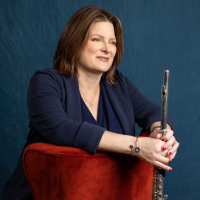
Charlene Romano is past secretary of the NFA. She maintains active studios in Winchester and Richmond, Virginia. Romano has published several pedagogical articles and chapters, and has recorded on the Cantilena label. She performs with clarinetist husband John Romano as DuoRomano, and has served on the faculties of Shenandoah Conservatory, Solano College, and Sacramento State University’s Community Music Division. She held the title of Adjunct Associate Professor at Shenandoah Conservatory, where she taught applied lessons, coached ensembles, and taught music theory, aural skills, and developed and implemented a new applied musicianship curriculum. Her students are her biggest inspiration.
Community
Read updates from members and committees, post and view job and internship opportunities, and more.
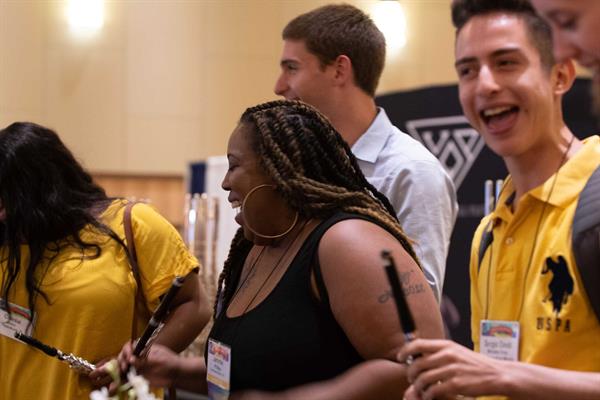
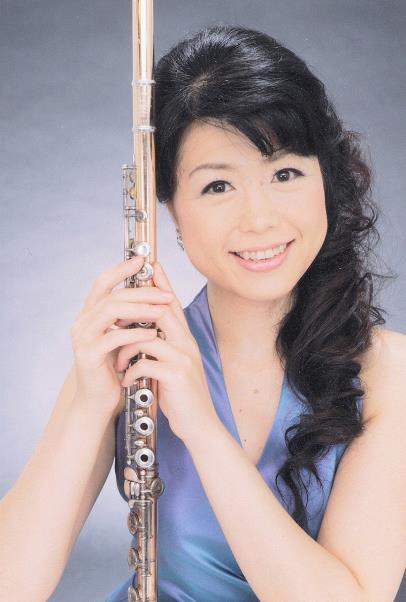
Yuko Hoshi
The NFA, I believe, is an amazing hub of a worldwide flute community where members living outside the U.S., like myself, are given equal opportunities. I have met so many wonderful people from all over the world through the NFA. Come on and join us! Let’s play together!”
Membership With the NFA
Exclusive Member Benefits
- A subscription to The Flutist Quarterly.
- Discounts to SmartMusic Software, Principal Flute, and other partners.
- Unlimited access to Naxos Music Library and Grove Music Online.
.
Membership Options
The NFA welcomes students, student groups, libraries, and commercial members with special membership options.
"I am the NFA"
Our members make us who we are. Meet some of the members of the NFA and see why we inspire flutists and enrich lives.
Events
Browse performances, masterclasses, competitions, and more from the community.
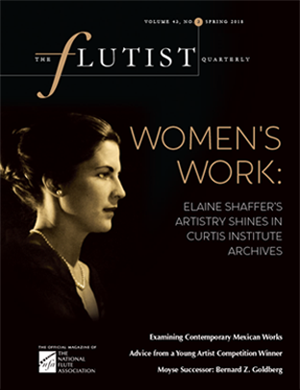
Publications
The Flutist Quarterly
The Flutist Quarterly provides information and articles about the performance, study, history, manufacture, and enjoyment of flutes, flutists, and flute music.
FQ Plus
FQ Plus offers feature articles, interactive features, and news about flute events and people.
Committees

NFA Committees
Jobs & Internships
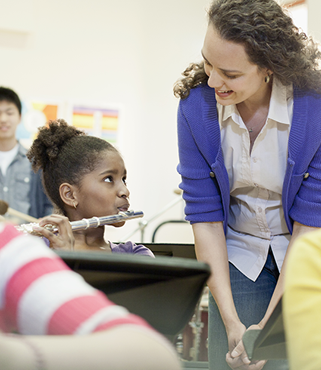
Donate To The NFA
Support the flute community
Your gifts helps ensure that the NFA continues to provide the highest level of service to its membership. Please consider making a tax-deductible gift to support the NFA’s operations and programs.
In celebration of “125 Years of Exquisite Flutemaking,” the Wm. S. Haynes Co. made a $125,000, 10-year commitment to the National Flute Association, for the years 2013-2022. This was recently extended to last until 2027. Learn more about it here.
